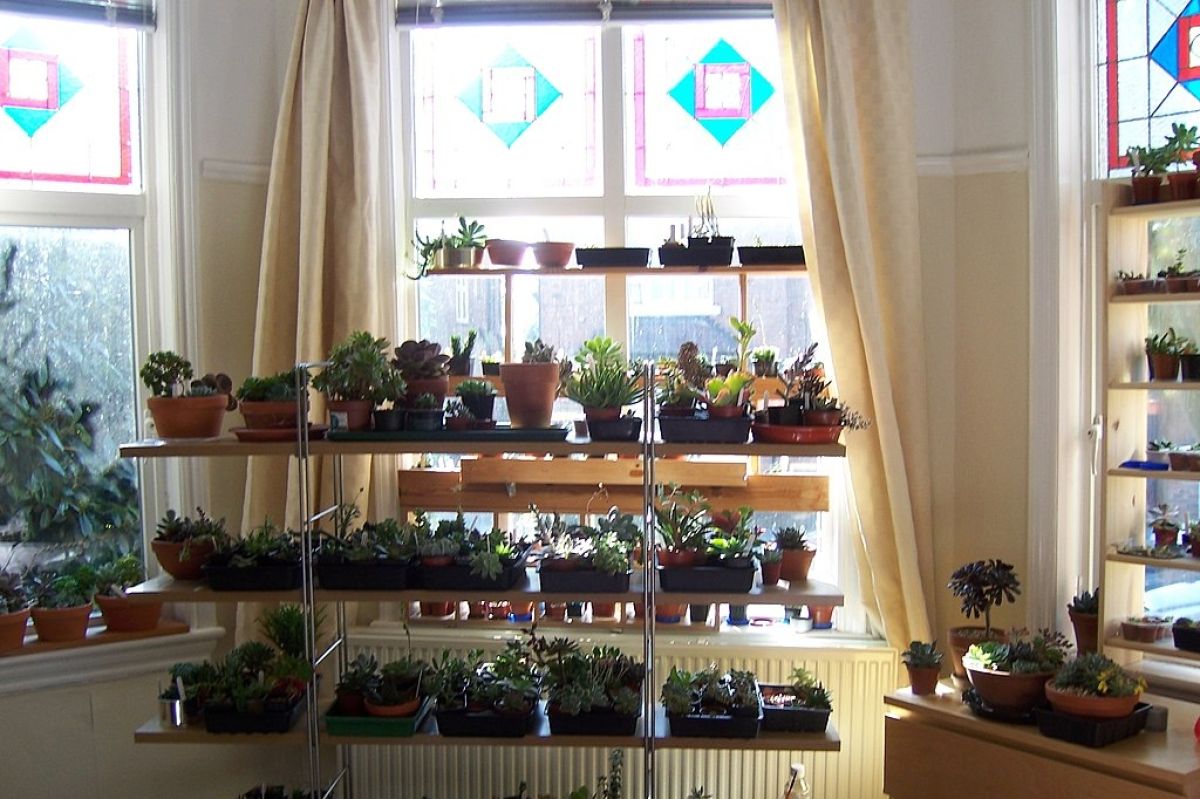It seems as if summer will never end when it is so hot, and we are watering constantly. Then suddenly, it is time to take the house plants indoors…
- Dust off the indoor windowsills and hose off all plants that have summered outdoors.
- Let them dry and be careful to be sure that no pests stay on the plants.
- To make them less unwieldy and less likely to drop, cut back plants such as geraniums, coleus, and dragon's wing begonias so that you do not spend the winter picking up too many leaves from your floor.
- House plants need light so need a window or artificial light source to survive our grey days in winter. A south window is usually brightest, followed by a western exposure, and then an eastern.
- A north-facing window is only good for plants that survive without much light such as ferns and ivies.
- If a windowsill is not wide enough, place a table or a bookcase close to the window to hold the pots.
- Leave your plants in their current containers and repot them next spring, as growth slows as the days shorten and light diminishes.
- Make sure each pot has adequate drainage, is in another decorative pot, or has a saucer under it to catch excess water.
- Put a plastic cloth under a decorative cloth if your plant sits on fine furniture.
- Cut off any dead or yellowed or dying stems and leaves and tidy them as much as you can and be sure none block light from neighboring plants in a group.
- During the winter, water only once a week or when the soil feels really dry to the touch.
- Mist the leaves when the indoor heat makes the atmosphere extremely dry.
This is Moya Andrews, and today we focused on bring them in.










